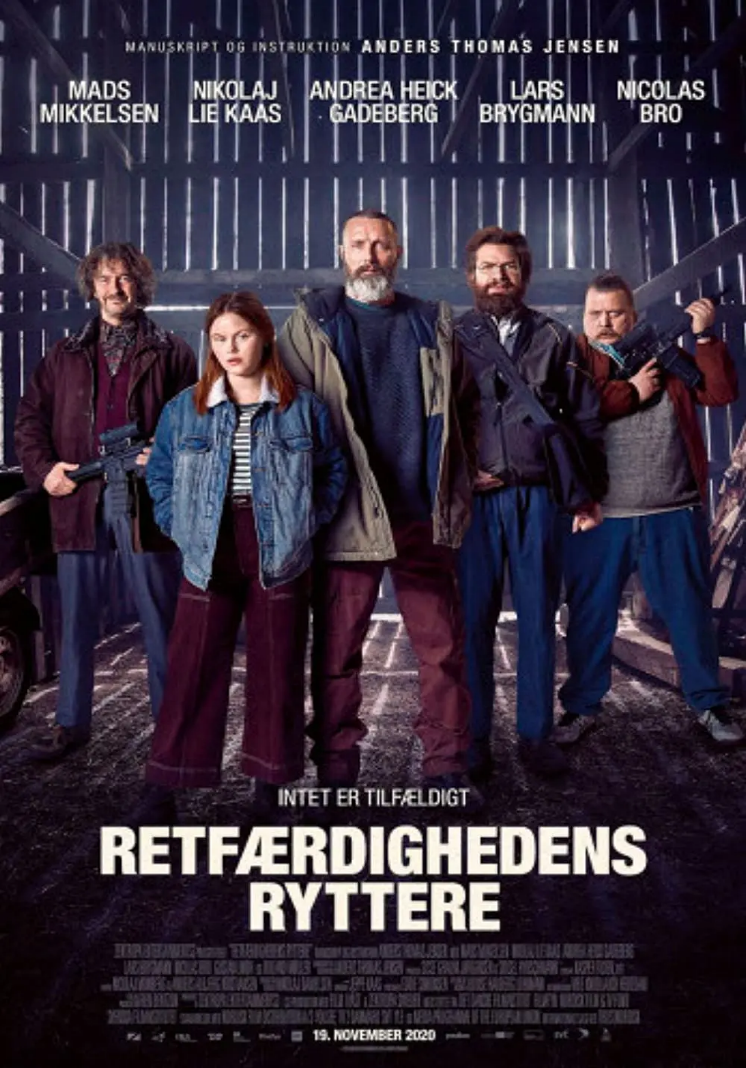Kon Tiki Truly better than beauty

It’s such a coincidence in the world that two films about drifting on the sea were made in the same year. Ang Lee’s “Adolescent Drift” was so beautiful that its glory overshadowed the other one – “The Raft of the Kon-Tiki” (Kon-Tiki). The Raft” was nominated for an Oscar for Best Foreign Language Film, but did not win. The Raft” is about the real thing, shot at sea, not in a studio, but not as glamorous as “Boyhood”; a sorry example of “truth is better than beauty”. However, the value of “The Raft” is not in its inferior beauty, but in its true reproduction of man’s search for the world and the truth. In this sense, the film reflects the truth more than it shows the beauty.
In 1947, when China was busy with the civil war between the Communist Party of China and the Communist Party of China, an amazing event happened on the other side of the world, but not to the attention of the Chinese. The Norwegian anthropologist Thor Heyerdahl (1914-2002) led five warriors on a raft modeled after the ancient Indians to drift from Peru to Laloa Island in the Tuamotu Archipelago in the South Pacific Ocean in a journey of one hundred and one days and eight thousand kilometers. Their raft was named after the Inca sun god Kon-Tiki, because Heyerdahl was convinced that the inhabitants of the Polynesian Islands in the Pacific Ocean had first come by raft from Peru in the fifth century. Academic authorities scoffed at his theory, saying that the Indians could not build a boat and that it was impossible to cross the ocean with only a raft; and no journal would publish his paper. So Heyerdahl decided to build an exact replica of the Indian raft from the Peruvian balsa tree, a very light and massive wood, along with bamboo, rope and banana leaves, based strictly on the Spanish accounts. Except for a radio transceiver, no modern tools are used, and the ancient Indians’ rafting feat is recreated entirely by using the sea and wind.
After a short and effective presentation of the adventurous character of the young Heyerdahl, the film takes the audience to the beautiful and fascinating Polynesian Islands, showing his theories: that it is very hard to come from Asia against the current; that the pineapples on the islands originally grew in America; that the locals say their ancestors came from the place where the sun rises, which is South America; and that the stone statues of the ancestors worshipped by the locals are very similar to those in South America. . Of course, the film is not used to prove Heyerdahl’s theory, and his theory is not confirmed by drift alone. What the movie shows is Heyerdahl’s fearless spirit and indomitable will to pursue the truth. A man who could not swim, let alone sail the sea, had to drift on a raft to prove his theory! When he talked about his intention in the tavern, an experienced sailor listened to him and flatly denied its possibility, and told him about the possible dangers. And in the explorers’ club, a bearded scientist who had lost a leg to frostbite encouraged Heyerdahl and told him to build a raft the way the natives did, without using any iron. What really moved and inspired people was the image of the scientist’s resilience and longevity through the storm. That image tells the audience that the search for truth requires not only a thorough reading of literature, but also hard practice.
Only one of the six warriors had sailed the sea, and no one had ever maneuvered a raft, they all learned by doing. Although most of the time the wind and waves slow, but occasionally there are storms, can not be half neglected. Said to be drifting the Pacific Ocean, the sea footage is actually mostly shot in the Mediterranean Sea near Malta. The fish-belly white separating the light blue sky and the ruby blue sea is mesmerizingly beautiful. The lightning in the dark green clouds on the dark green sea at night, obviously can not do so real in the studio. The film also allows the audience to see the spectacular scenery they experienced: a giant whale swam quietly from under the raft, several sharks tossed around the people who fell in the water to grab food, the sunset glowed the sea to orange and gold, and glowing electric eels illuminated a corner of the dark sea to shine. As they approached their destination, a pushing and shaking of the camera is particularly touching: dark night, ink sea white raft on the six warriors lying head to head, looking up at the stars, accompanied by melodious music, the overhead camera pushed away, the raft smaller and smaller, the only white sails on the sea below the white clouds, after the last flash, the camera panned flat, shining the arc of the earth and the sun, the camera panned up, is the vast universe, the Milky Way and the infinite stars The camera pans up to reveal the vast universe, the Milky Way and the infinite stars, and then pans down to reveal the moon, and then pans down to reveal the blue and white Earth, our beautiful home, and at dawn, the camera zooms in to return to the sea, to the melodious music, and to the raft. This series of shots seems to be a seamless, but reason tells me that it is impossible, that is the perfect crystallization of art and technology.
The film is basically based on Heyerdahl’s diary, and also refers to the Oscar-winning 1951 black-and-white documentary of the same name. Just to cite an imperceptible detail, one hundred and one day early in the morning, one of the six warriors brushing his teeth, vaguely see a swaying black shadow on the surface of the ruby blue sea, without close inspection, it may be difficult to see. He looked up, and sure enough, there was a seagull in the sky. In other words, land was not far away. By the end of the drift, their appearance had changed, and the neat and tidy butterflies had all become bronzed and weathered old sailors. If not one bearded, simply six ancient Greek bronze statues walking down the pantheon.
Although the change of character image is well done, but the character is not clearly portrayed. Among the six, only Heyerdahl and the first German engineer to join the drift Herman Watzinger (Herman Watzinger) of the different personalities more prominent, the other four, if not because of the different duties assumed, look slightly different, almost indistinguishable. The writers and directors still focus too much on chronicle and ignore character building.
Incidentally, Heyerdahl published a book on his drifting experience, which sold more than fifty million copies and was translated into more than seventy languages. His theory, although still not widely recognized, has become a theory that cannot be ignored and is partially corroborated by DNA, and their six warriors are famous all over the world. His religious name Thor (Thor) is also the Norse mythological hammer-wielding god of the sky, the god of the United States in 1962 for the publication of the comic book and in recent years the Thor series of films and become a household name in the West, the new Superman, the real hero of the smoke and mirrors. True is better than beautiful, the film “Kon-Tiki raft” let us recall the great work of this man.




